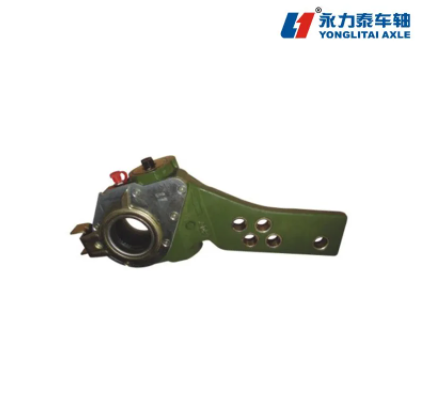What are the trailer parts?
Trailers are versatile vehicles designed to transport various goods, equipment, and even vehicles themselves. Whether it's for personal, commercial, or recreational purposes, trailers play a crucial role in modern transportation. To fully comprehend their functionality, it's essential to delve into the various trailer parts that make up these hauling workhorses.
1. Trailer Frame and Chassis:
The foundation of any trailer is its frame and chassis. These components provide structural support and determine the trailer's overall strength and weight-bearing capacity. Trailer frames are often made from steel or aluminum, with the choice depending on the trailer's intended use and budget. The chassis includes axles, suspension systems, and wheels, contributing to the trailer's stability and handling.
2. Axles and Suspension Systems:
Axles are vital components that bear the weight of the trailer and its cargo. They connect the wheels and are responsible for distributing the load evenly. Axles come in various configurations, including single, tandem (two axles), and tri-axle setups. Suspension systems, on the other hand, absorb shocks and vibrations from the road, enhancing the trailer's ride comfort and stability. Common suspension types include leaf spring, torsion, and air suspension systems.
3. Wheels and Tires:
Wheels and tires are integral to a trailer's mobility and safety. Choosing the appropriate size and load rating for the wheels and tires is crucial to prevent issues such as blowouts or tire failures. Tires should be regularly inspected for wear and tear, and the appropriate inflation pressure should be maintained to ensure safe towing.
4. Couplers and Hitches:
Couplers and hitches are the mechanisms that connect the trailer to the towing vehicle. A coupler attaches to the trailer's tongue and engages with the hitch ball on the towing vehicle. The hitch provides a secure connection that allows for safe towing and maneuverability. There are various types of couplers and hitches, including ball and pintle hitches, each suited for different trailer types and towing needs.
5. Trailer Tongue:
The trailer tongue is the forward extension of the trailer frame and includes the coupler at its front. It's the part of the trailer that makes contact with the towing vehicle. Proper weight distribution on the tongue is essential for stable towing and safe handling. This is where devices like weight distribution hitches come into play, helping to evenly distribute the trailer's weight across the towing vehicle.
6. Brake Systems:
Brake systems are crucial for ensuring both the towing vehicle and the trailer can be safely brought to a stop. Trailers may have various types of brake systems, including electric brakes and hydraulic surge brakes. Electric brakes are activated when the towing vehicle's brakes are applied, while hydraulic surge brakes engage when the trailer pushes against the hitch during deceleration.
7. Lights and Electrical Components:
Trailers are equipped with lights to ensure visibility, especially during low-light conditions. These lights include brake lights, turn signals, running lights, and license plate lights. Wiring systems connect these lights to the towing vehicle's electrical system, allowing for synchronized operation. Proper wiring and regular maintenance are essential to ensure all lights are functioning correctly.
8. Safety Chains and Cables:
Safety chains and cables serve as a backup in case the trailer becomes detached from the towing vehicle. They provide an additional connection to prevent the trailer from completely separating in the event of a hitch failure. Safety chains should be crossed underneath the trailer's tongue to catch it in case it detaches.
9. Jacks and Stabilizers:
Jacks are used to lift and support the trailer when it's not connected to the towing vehicle. They make it easier to attach and detach the trailer from the towing vehicle and also provide stability when loading and unloading cargo. Stabilizers are used to minimize trailer movement when it's stationary, ensuring a steadier platform.
10. Cargo Control Accessories:
Depending on the type of cargo being transported, trailers can be equipped with various cargo control accessories. These might include tie-down points, winches, ramps, and other devices to secure and facilitate the loading and unloading of goods.
In conclusion, trailers are a complex assembly of various parts, each with a specific role that contributes to their overall functionality and safety. Understanding these components is vital for anyone involved in towing, whether for personal or professional purposes. Regular maintenance and proper use of trailer parts are essential for ensuring not only efficient transportation but also the safety of both the cargo and those on the road. Whether you're towing a boat for a weekend getaway or transporting goods for your business, having a solid grasp of trailer parts will undoubtedly enhance your towing experience.



